Author: alanhumberto
-

The Art of Thirsty Plants: Mastering Proper Watering Techniques
Water is undeniably the lifeblood of plants, yet knowing how and when to water effectively is an art that often separates thriving gardens from struggling ones. Proper watering techniques ensure your plants receive adequate moisture without risking root rot or encouraging disease. The fundamental principle of watering is to deliver water directly to the root…
-

The Magic of Mulch: Enhancing Your Soil and Suppressing Weeds
Mulch, often overlooked, is one of the gardener’s most valuable allies. This protective layer applied to the soil surface offers a myriad of benefits, from nurturing your plants to simplifying your maintenance routine. Understanding and utilizing mulch effectively can transform the health and appearance of your garden. Broadly, mulches can be categorized into organic and…
-

Understanding Your Garden’s Foundation: A Guide to Soil Types
A thriving garden begins from the ground up, quite literally, with its soil. Far more than just dirt, soil is a complex ecosystem that provides plants with essential nutrients, water, and anchorage. Understanding the basic types of soil in your garden is the first step toward cultivating a truly productive and beautiful space. The three…
-
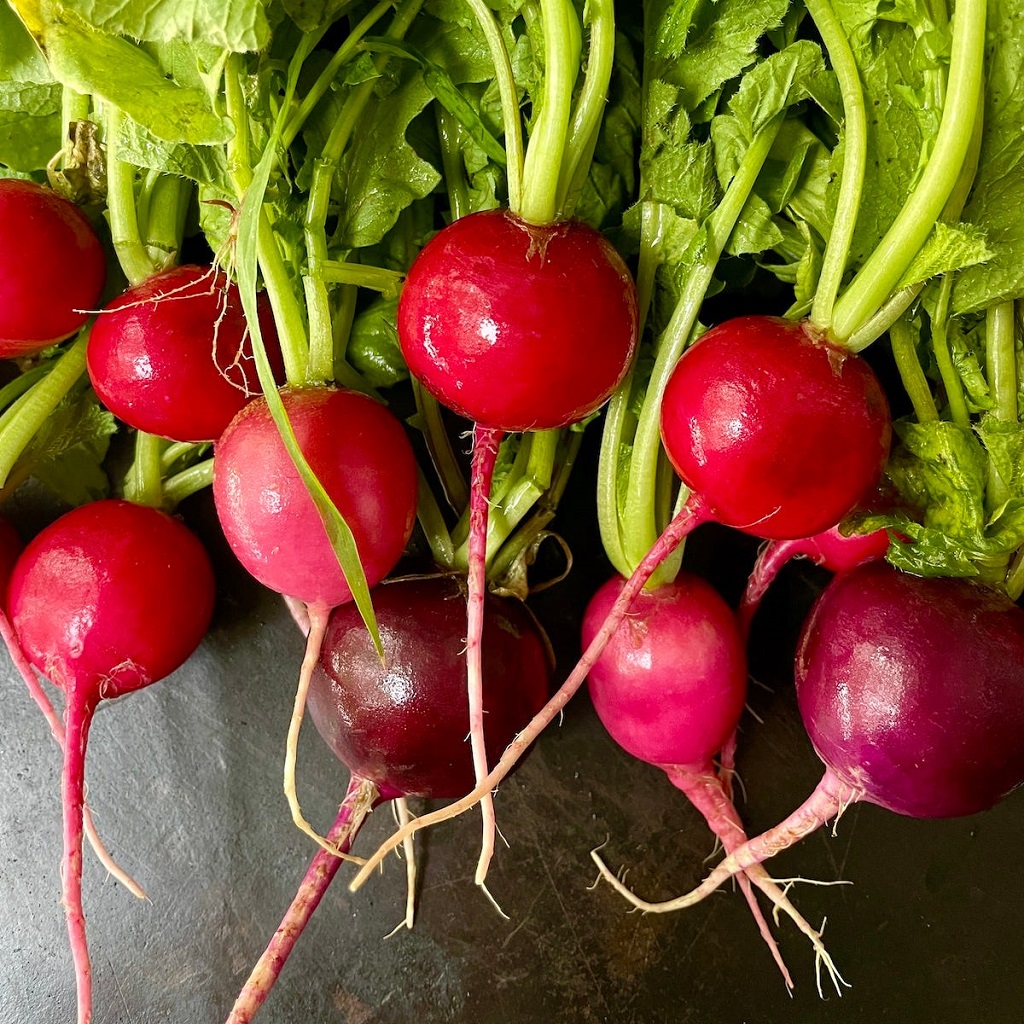
Easiest Plant to Harvest in a Home Garden
Radishes are easy to grow and are best planted in spring or fall in a sunny location with well-drained soil. Sow seeds directly into the ground, keeping the soil consistently moist and providing regular irrigation. Succession planting, where you sow seeds every few weeks, can ensure a continuous harvest. Timing and Location Planting Care Harvesting…
-
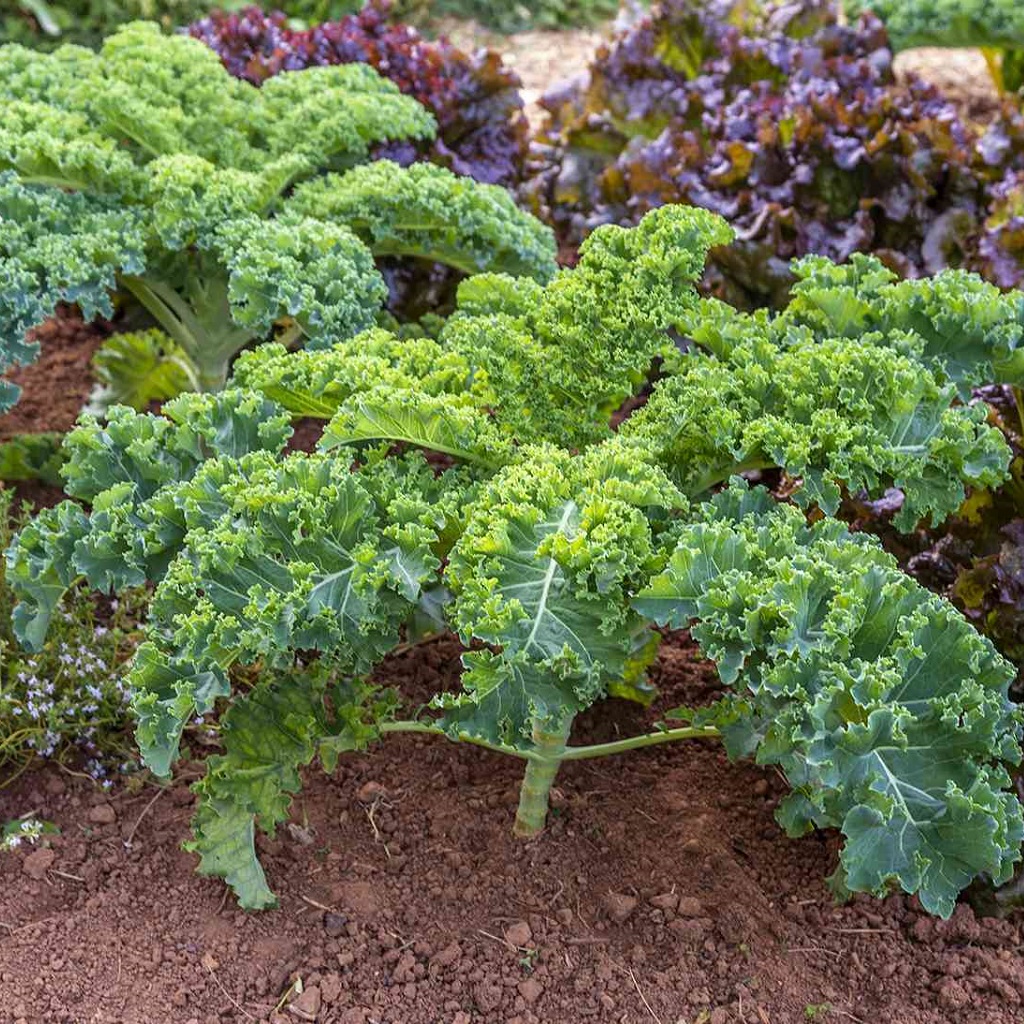
Growing Kale
To successfully plant kale, choose a sunny location with well-drained, fertile soil, rich in organic matter. You can either direct sow seeds (1/2 inch deep, 3 inches apart, then thin to 12-18 inches) or start seeds indoors and transplant them later. Ensure adequate spacing between plants (12-18 inches apart) and rows (18 inches to 2…
-

Harvesting Artichoke
To successfully harvest artichokes, you should aim for tightly closed, firm buds that are at least 3 inches in diameter. Harvest when the bracts (outer leaves) are still tightly closed and before they begin to open and turn purple, as this indicates they are past their prime. You’ll want to cut the bud along with…
-
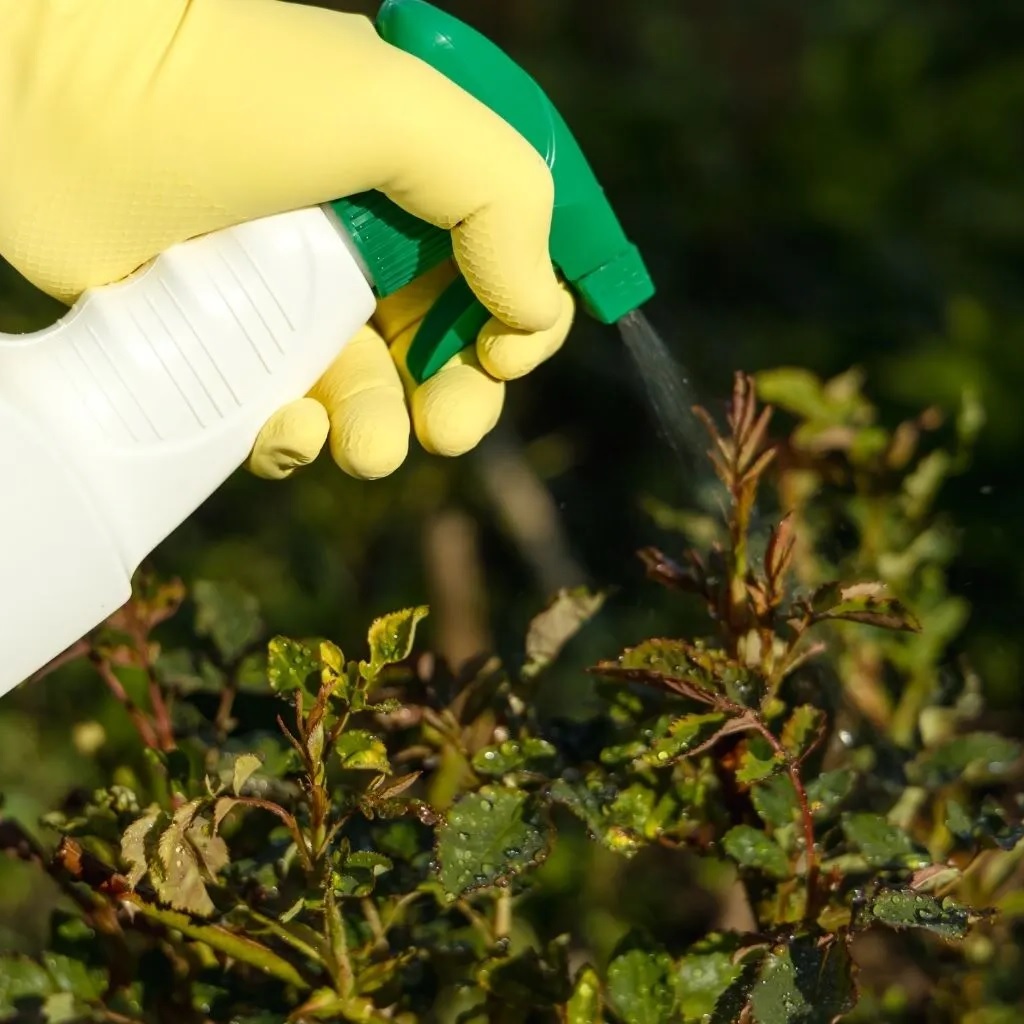
Healthy Plants, Happy Garden: Your Guide to Preventing and Managing Plant Fungus and Diseases
A thriving garden is a joy, but plant diseases and fungal issues can quickly turn that dream into a frustration. Don’t worry, though! With a little know-how and proactive care, you can keep your plants healthy and resilient. Think of it like building a strong immune system for your garden – the healthier your plants…
-
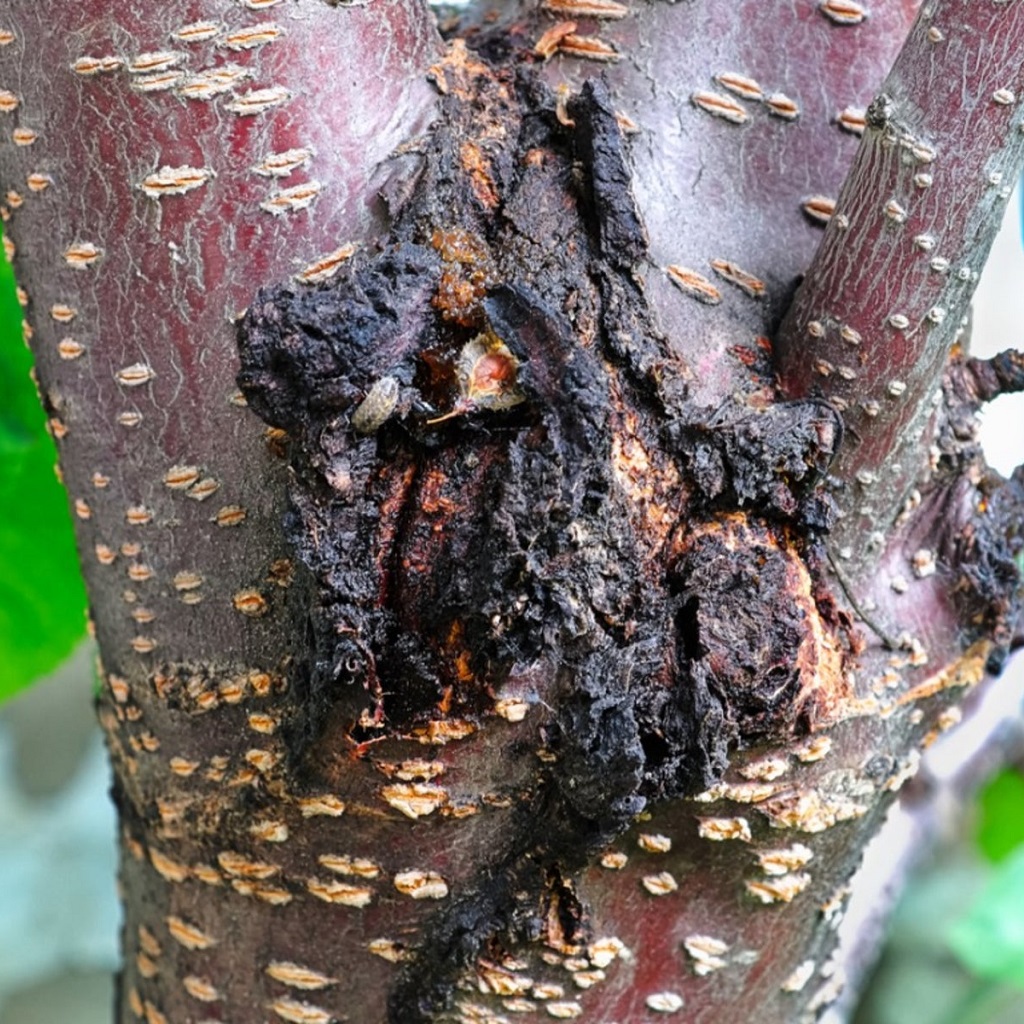
Canker
Canker is a plant disease characterized by localized dead or dying areas on stems, branches, and trunks. It can be caused by a variety of pathogens, including fungi and bacteria, and often occurs when plants are under stress. Cankers can weaken or kill branches and even entire trees if they girdle the stem. Causes and…
-
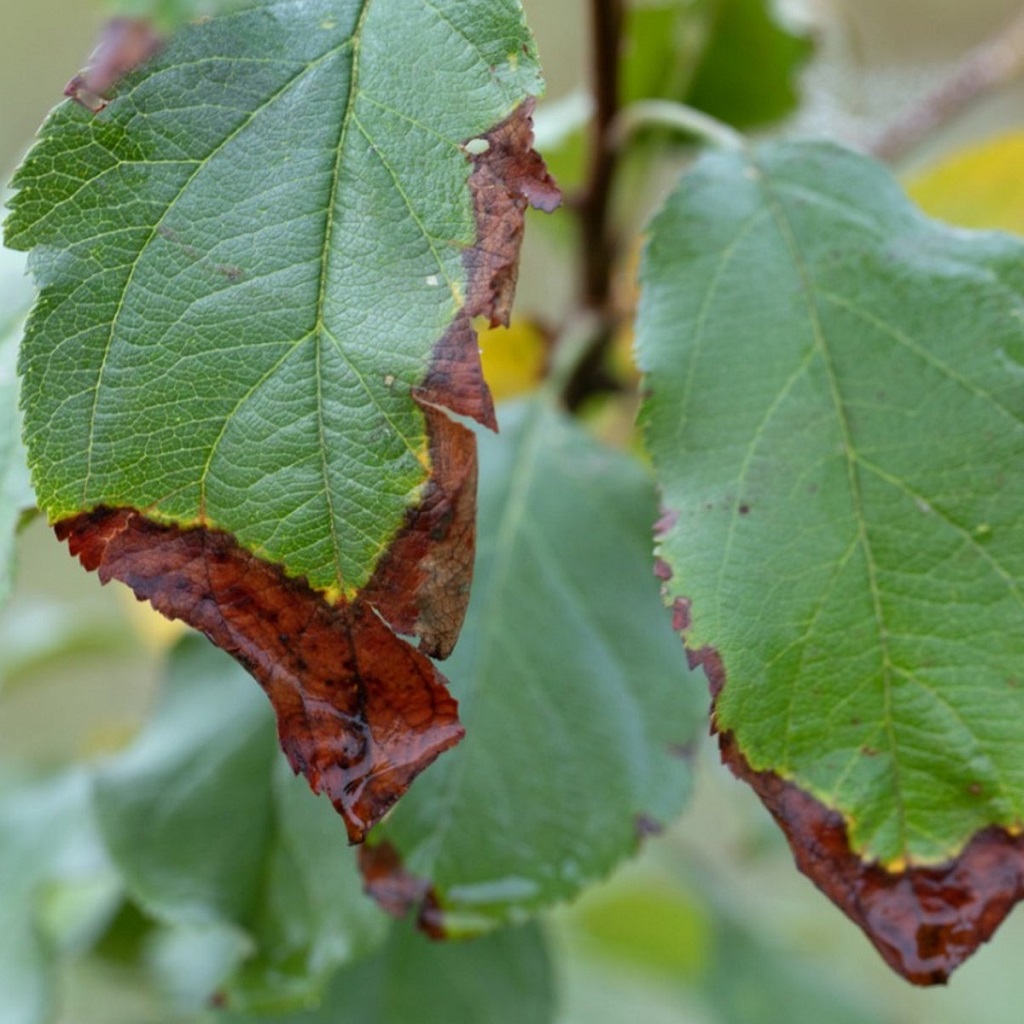
Blight
Blight in plants refers to a group of diseases causing rapid death of plant tissue, characterized by symptoms like yellowing, browning, spotting, and withering of leaves, stems, or entire plants. These diseases are often caused by bacterial or fungal pathogens, and can be highly contagious. Key points about plant blight: Examples Common examples include early…